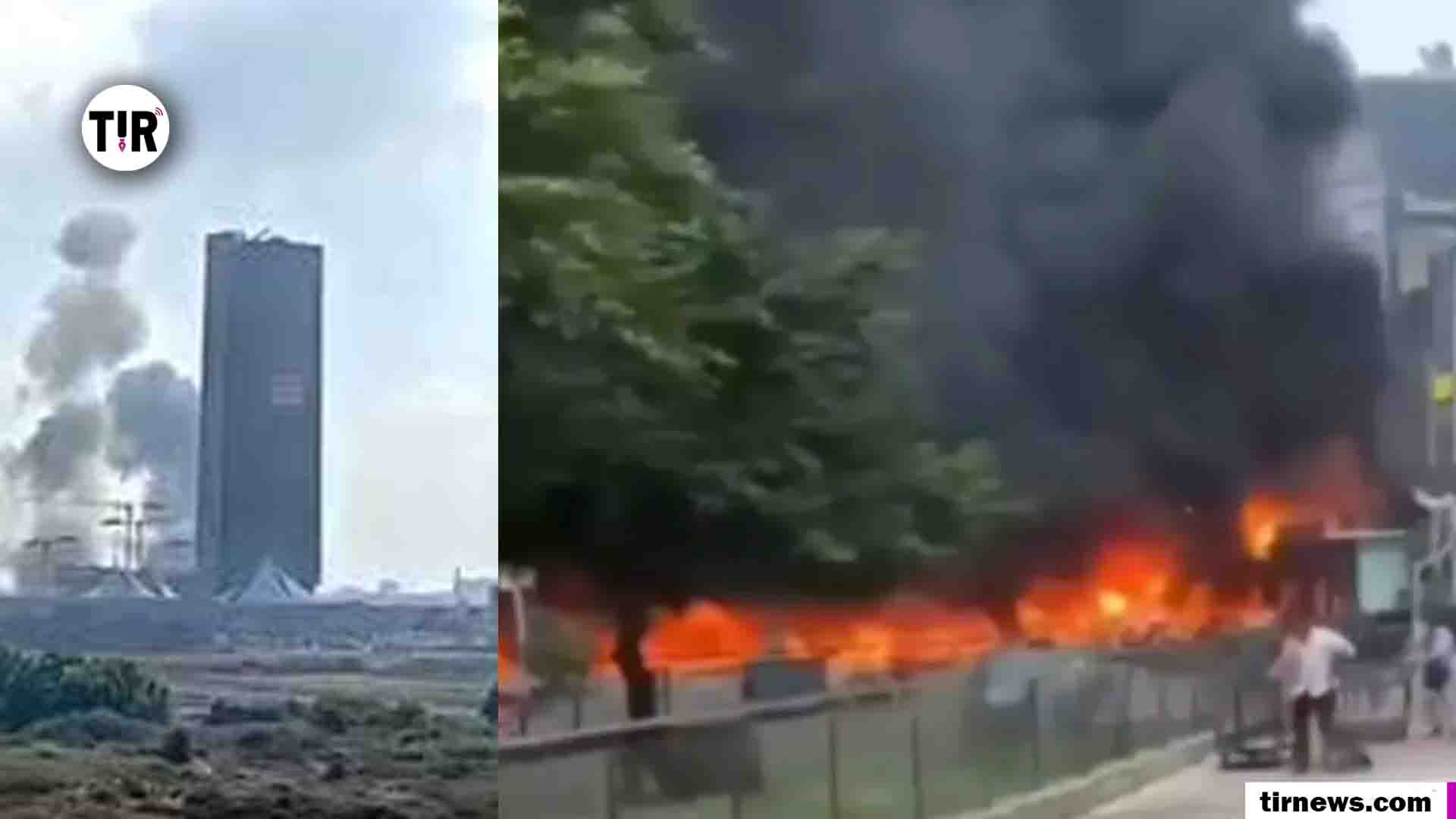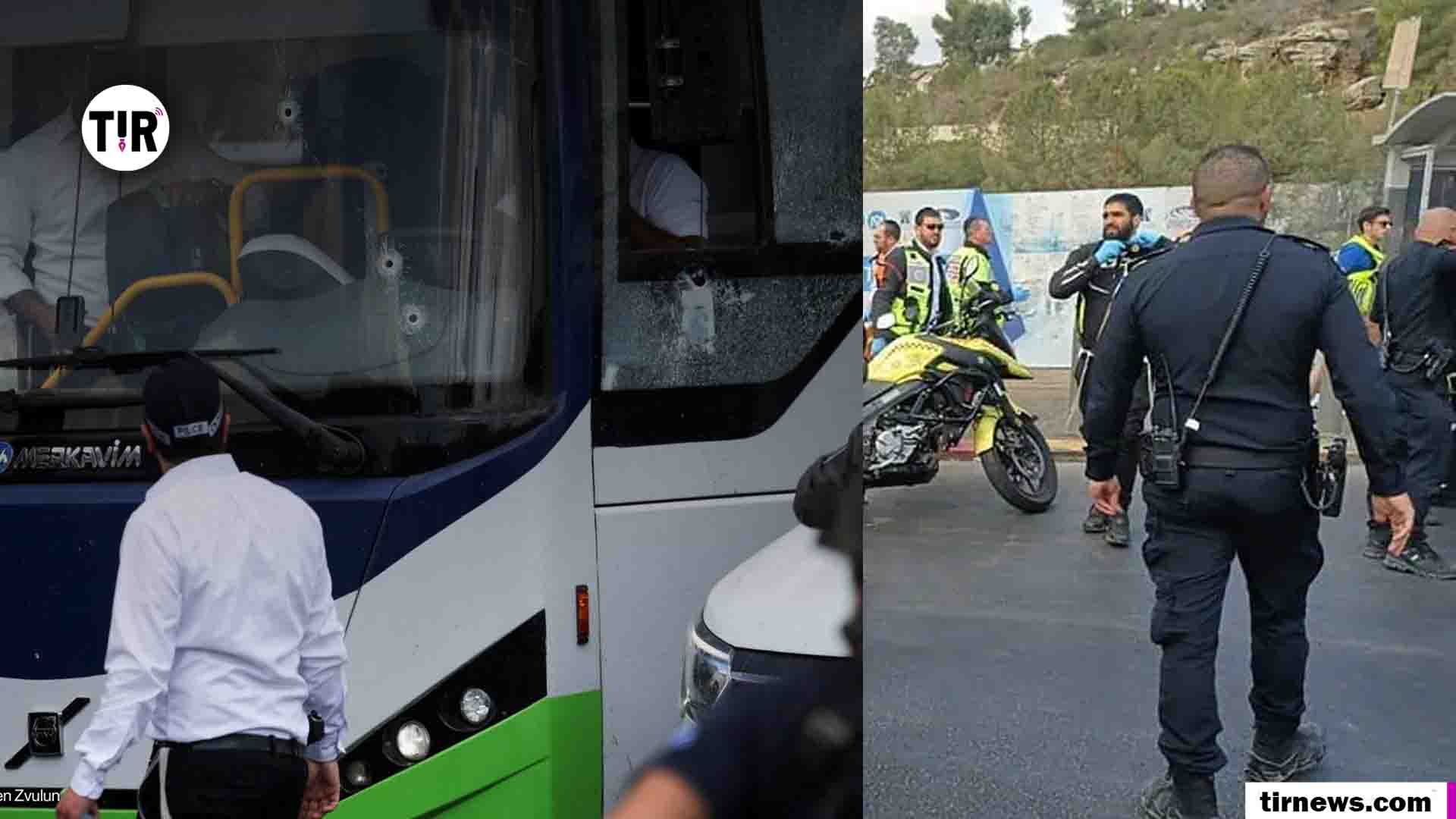Israel’s airstrike in Tehran has killed Major General Ali Shadmani—the Islamic Republic’s wartime chief of staff—striking a pivotal blow to Iran’s military leadership. Following this, Iran launched a retaliatory strike on Mossad’s headquarters in Herzliya, part of a wider tit-for-tat escalation.
Shadmani, who had headed the Khatam al‑Anbiya Central Headquarters and overseen coordination between the IRGC and the Iranian army, was killed during a surprise nighttime strike backed by precision intelligence (en.wikipedia.org). Israeli fighter jets also destroyed key missile infrastructure across western Iran in coordinated waves of attacks (siasat.com).
In response, Iran launched multiple missile and drone strikes targeting the Mossad HQ, the AMAN logistics center, and potentially other intelligence facilities in the Tel Aviv vicinity. Images and videos confirmed fires at the Mossad site, underlining the seriousness of Tehran’s reprisal (tehrantimes.com).
This dramatic escalation marks the fifth day of Israel-Iran hostilities, characterized by aerial bombardments, drone operations, cyberattacks, and emergency evacuations. Casualty figures continue to rise, with over 224 Iranians and at least 24 Israelis reported killed across both nations (theguardian.com).
The operation—dubbed “Rising Lion”—leveraged Mossad intelligence, AI-driven targeting, and clandestinely smuggled drones to neutralize Iran’s air defenses before major strikes. This hybrid strike model reflects a new era of integrated cyber-covert-air warfare (apnews.com).
Regional and global alarm is rising. Israel has ordered evacuations in Tehran, Iran has threatened withdrawal from the NPT treaty, and global oil markets are reacting to the disruptions (theguardian.com).
As both powers dig in, emergency centers in Gulf states are on high alert, and international leaders are urging urgent diplomacy to avert a wider Middle East war .



